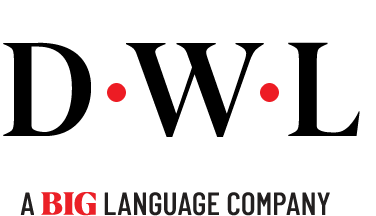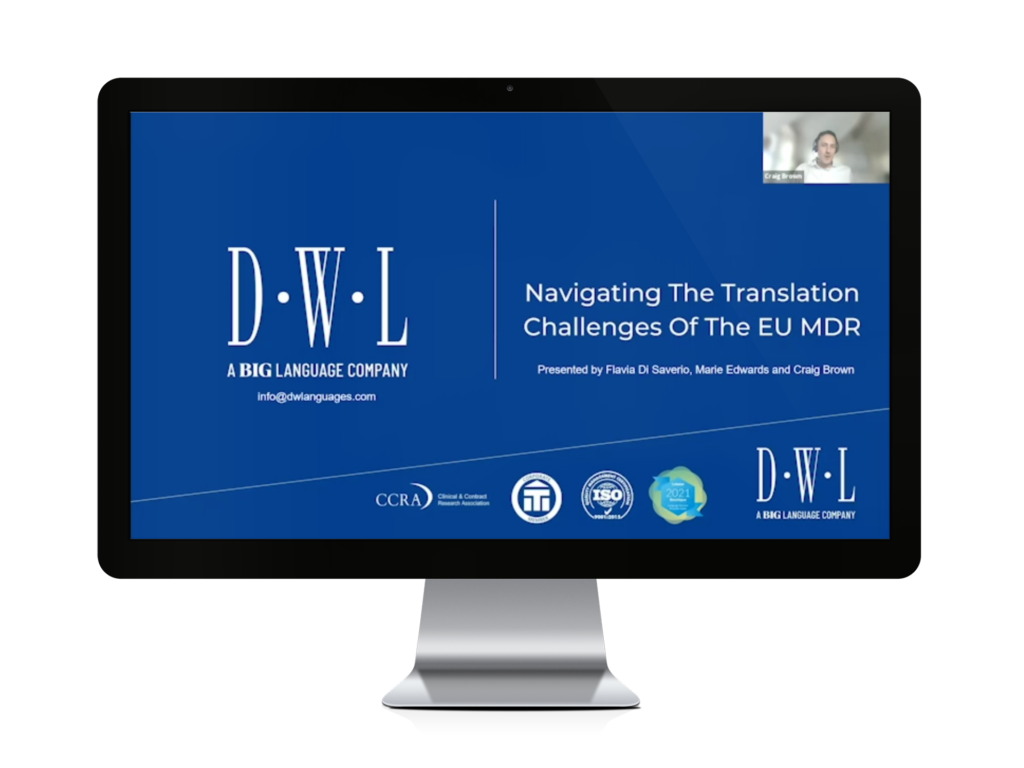European Medicine Agency guidelines for electronic product information will soon apply to all medicines prescribed or dispensed in the European Union. This blog explains the fundamental principles and offers advice on managing document conversion and translation requirements.
Conceived to improve patient access to up-to-date product information, the requirement for electronic product information (ePI) took another step forward in early 2022. According to the EPI guidelines introduced in February by the European Medicine Agency (EMA), the new digital content will complement (rather than replace) existing paper leaflets and seeks to further align product information with the EU legislative and regulatory frameworks, including scientifically validated multilingual product information.
At present, regulator-approved product information can only be shared online via Word and PDF files. By digitalizing this process, patients and their healthcare providers will be able to access up-to-date information, including dosage instructions and safety alerts, via a phone app or online, in their language of choice.
For pharmaceutical companies/organisations, these ePI platforms could open the door to providing patients with a more personalised medicine experience, as well as contributing to better patient outcomes (e.g., by ensuring patients adhere to their medication regimes). For regulators and national authorities, centralising data in this way should also help them anticipate and overcome medicine shortages and manage and communicate product or side effect changes efficiently through one common system.
However, with more than 500,000 human medicines available in the EU (centrally authorised through the EMA or nationally authorised by member state authorities) and 24 official languages to manage (EU languages, plus Icelandic and Norwegian), this is quite some project for the EMA to create and maintain. From the perspective of pharmaceutical companies/organisations and national authorities, it also risks adding another time-consuming exercise to an already challenging regulatory process.

Overcoming Technical Difficulties
As the EMA covered in a recent webinar, there are many technical challenges still to be overcome when converting existing product information to ePI files. Workarounds have been developed for many of the issues identified to date, such as errors in formatting (including text alignment), conversion of content (e.g., missing symbols), and structure (such as deleted bullet points).
However, these technical fixes belie the extent of the administrative work involved. As is clear from the EPI guidelines, the EMA is seeking to do more than simply digitalise existing regulator-approved product information leaflets. To harmonise the data, the EMA will require pharmaceutical companies and national authorities to file their product information in line with a new common EU electronic standard for ePI, which will require compliance with rules for text structure, and marked-up language, controlled vocabulary, and interoperability specifications.
As importantly, ePI files will need to be continually updated to allow for any (authorised) changes in product information, including information about adverse reactions. While the idea here is to ensure that patients and healthcare providers always have access to the latest information about a medicine’s benefits, risks, and use, this requirement will add a further burden on pharmaceutical companies who would normally only update paper product leaflets at fixed points (e.g., when the stock of medicine turns over).
On the other hand, there will also be the opportunity for pharmaceutical companies to make efficiency gains. It argues that by enabling product information changes to be made across a single central platform, ePI could eliminate many of the tasks that are performed manually and, thus, become potential sources of error. It gives an example a change in the address of the marketing authorisation holder, which could be implemented simultaneously and automatically across all its ePI records.
As Remco Munnik, Associate Director at Iperion and Chair of Medicines for Europe Telematics Group (eAF, eCTD, CESP, xEVMPD, and ISO IDMP) explained in our previous blog, ” the potential for greater information sharing between industry, regulators, healthcare professionals, and patients” offers considerable benefits, too.
As a subject matter expert in regulatory information management systems, Munnik emphasised the “abundant opportunities to optimise business processes in Life Science with the use of ePI”, including:
- Facilitating cross-border prescription: Making medicines easily shareable between EU member states by enabling products to be shipped from country A to country B and ensuring patient access to product information in their native (or preferred) language.
- Keeping patients better informed: At present, an update to a package leaflet can take months to make available to the public.
Delivering “automatic” translations: Providing the right information to people traveling or emigrating and removing the need to have multi-language packages for countries such as Belgium, which can result in patient information leaflets that are barely readable. In a world becoming increasingly digitized, ePI could also be used alongside other strategies such as e-prescriptions and smartphone applications. In other words, this new ePI requirement could be the ideal time for pharmaceutical companies to review their existing paper-based product information processes, including their preferred formats and translation workflows.

Language Challenges and Opportunities
The ePI is intended to be “accessible by design”, i.e., available to everyone, including users with physical impairments or learning difficulties. While the technology should allow for the use of large fonts/high-screen contrast, pharmaceutical companies will need to ensure they supply the appropriate version of ePI and/or convert it into an accessible/audible format. From a marketing perspective, they may also wish to make the most of the ability to add a supportive video or audio content or other interactive materials to their ePI submissions.
A similar picture applies to the linguistic requirements, which currently cover all official EU languages, plus Icelandic and Norwegian, to ensure EU citizens can read product information in their preferred language as soon as authorised ePI in that language is available.
The file format for electronic product information will be XML (Extensible Markup Language), a simple text format suited for structured data. Rather than simply converting paper leaflets into XML, however, it may prove more efficient to redesign multilingual documents to match the forthcoming common EU electronic standard for ePI. The translation industry is well prepared for this development and our in-house Computer Aided Translation (CAT) tools, in particular, are designed to efficiently handle structured data in XML format.
More generally, when developing a strategy for digitizing regulatory information, as well as complementary audiovisual marketing assets, the emerging best practice is to unify these requirements with one effective, secure vendor. BIG Language Solutions is your one-stop-shop partner for these services and more.
To find out more about ePI formatting and translation requirements, including how to comply with the EMA guidelines effectively, contact us today.







